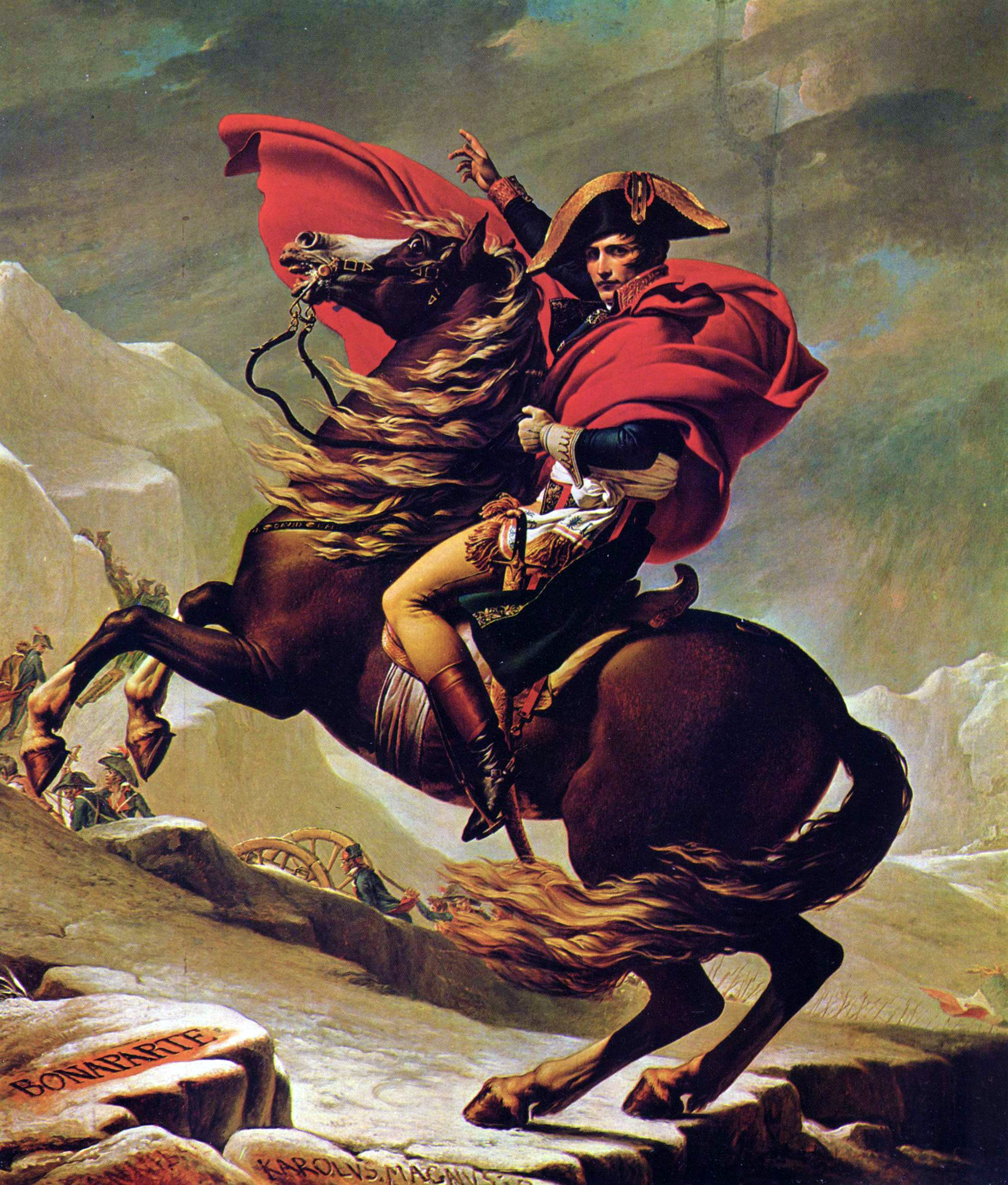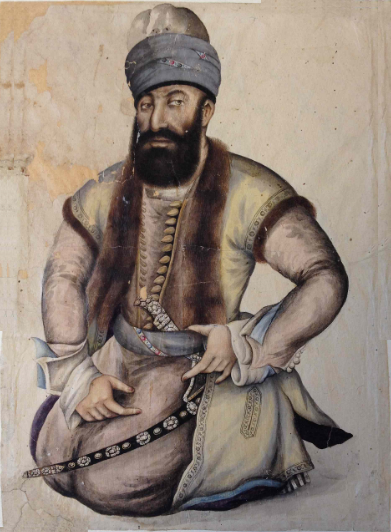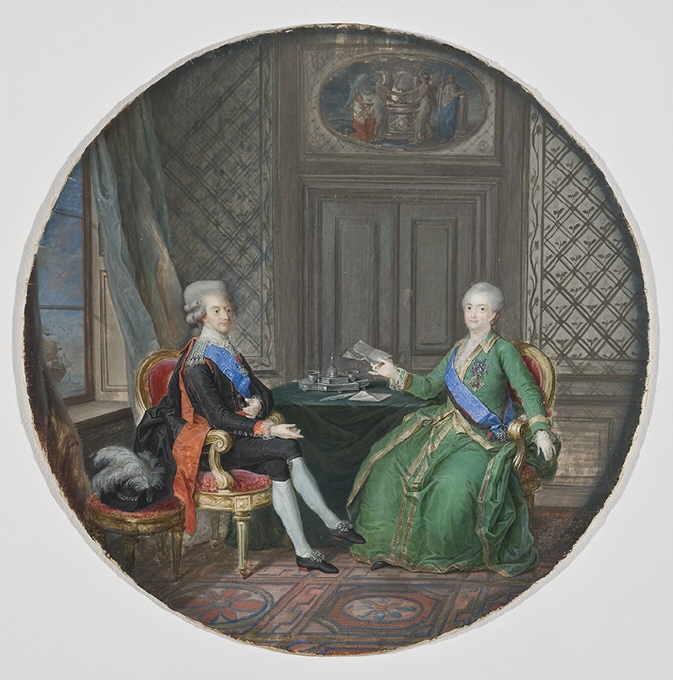|
Morteza Qoli Khan Qajar
Morteza Qoli Khan Qajar (, 1750/1755 – either 1798 in St. Petersburg, or 1800 at Astrakhan) was a Persian prince of the Qajar dynasty, and the brother of Agha Mohammad Khan. A protégé of the Russian Empire, he lived in St. Petersburg at the end of the reign of Catherine II. Biography Around the mid 18th century, after the murder of Nader Shah, widespread crisis began; out of this, eventually, after some decades of Zand rule, Agha Mohammad Khan of the Qajar tribe emerged victorious. As a result, he became the new king of Iran. Related to the same course of history, was Russia's role. Russia was actively meddling in domestic Iranian affairs since the downfall of the Safavids and the Russo-Persian War of 1722-1723 of about the same time. Though Russia's political ambitions ceased when the strong Nader Shah Nader Shah Afshar (; 6 August 1698 or 22 October 1688 – 20 June 1747) was the founder of the Afsharid dynasty of Iran and one of the most powerful rulers in Ir ... [...More Info...] [...Related Items...] OR: [Wikipedia] [Google] [Baidu] [Amazon] |
Vladimir Borovikovsky
Vladimir Lukich Borovikovsky ( – ) was a Russian artist of Ukrainian Cossack origin. He served at the court of Catherine the Great and dominated portraiture in Russia at the turn of the 19th century. Biography Vladimir Borovikovsky was born in Mirgorod, Cossack Hetmanate, Russian Empire (now Ukraine) on July 24, 1757 into a family of Ukrainian Cossack origin. His father, Luka Borovik, was an icon-painter. According to the family tradition, all four of Borovik's sons served as Cossacks in Mirgorod regiment, but Vladimir retired early at the rank of poruchik and devoted his life to art — mostly icon painting for local churches. Borovikovsky lived in Mirgorod until 1788, where he painted icons and portraits in the Cossack Baroque tradition. His friend Vasily Kapnist was preparing an accommodation for Empress Catherine II in Kremenchuk during her travel to newly conquered Crimea. Kapnist asked Borovikovsky to paint two allegoric paintings (Peter I of Russia and Catherine ... [...More Info...] [...Related Items...] OR: [Wikipedia] [Google] [Baidu] [Amazon] |
Qajars (tribe)
The Qajars (; ) are a clan of the Bayat tribe of the Oghuz Turks who lived variously, with other tribes, in the area that is now Armenia, Azerbaijan and northwestern Iran. By the end of the Safavid era, they had split into several factions. These included the Ziyādoghlu (Ziādlu), associated with the area of Ganja and Yerevan, as well as the Qoyunlu (Qāvānlu), and Davālu (Devehlu) the latter two associated with the northern areas of contemporary Iran. Background The Qajars were one of the original Turkoman Qizilbash tribes that emerged and spread in Asia Minor around tenth and eleventh centuries. They later supplied power to the Safavids since this dynasty's earliest days. Numerous members of the Qajar tribe held prominent ranks in the Safavid state. In 1794, a Qajar chieftain, Agha Mohammed, a member of the Qoyunlu branch of the Qajars, founded the Qajar dynasty which replaced the Zand dynasty in Iran. He launched his campaign from his power base south of the Casp ... [...More Info...] [...Related Items...] OR: [Wikipedia] [Google] [Baidu] [Amazon] |
Qajar Princes
The Guarded Domains of Iran, alternatively the Sublime State of Iran and commonly called Qajar Iran, Qajar Persia or the Qajar Empire, was the Iranian state under the rule of the Qajar dynasty, which was of Turkic origin,Cyrus Ghani. ''Iran and the Rise of the Reza Shah: From Qajar Collapse to Pahlavi Power'', I. B. Tauris, 2000, , p. 1William Bayne Fisher. ''Cambridge History of Iran'', Cambridge University Press, 1993, p. 344, Dr Parviz Kambin, ''A History of the Iranian Plateau: Rise and Fall of an Empire'', Universe, 2011, p.36online edition specifically from the Qajar tribe, from 1789 to 1925. The Qajar family played a pivotal role in the Unification of Iran (1779–1796), deposing Lotf 'Ali Khan, the last Shah of the Zand dynasty, and re-asserted Iranian sovereignty over large parts of the Caucasus. In 1796, Agha Mohammad Khan Qajar seized Mashhad with ease, putting an end to the Afsharid dynasty. He was formally crowned as Shah after his punitive campaign against Iran ... [...More Info...] [...Related Items...] OR: [Wikipedia] [Google] [Baidu] [Amazon] |
1800 Deaths
As of March 1 ( O.S. February 18), when the Julian calendar acknowledged a leap day and the Gregorian calendar did not, the Julian calendar fell one day further behind, bringing the difference to 12 days until February 28 ( O.S. February 16), 1900. Events January–March * January 1 ** Quasi-War: Action of 1 January 1800 – A naval battle off the coast of Haiti, between four United States merchant vessels escorted by naval schooner , and a squadron of armed barges manned by Haitian pirates (known as picaroons), under the command of general André Rigaud, ends indecisively. ** The Dutch East India Company dissolves. * February 7 – A public plebiscite in France confirms Napoleon as First Consul, by a substantial majority. * February 11 – Infrared radiation is discovered by astronomer Sir William Herschel. * February 22 – The Baker rifle, designed by Ezekiel Baker, is selected by the British Board of Ordnance as a new standard. * March 14 &nd ... [...More Info...] [...Related Items...] OR: [Wikipedia] [Google] [Baidu] [Amazon] |
1798 Deaths
Events January–June * January – Eli Whitney contracts with the U.S. federal government for 10,000 muskets, which he produces with interchangeable parts. * January 4 – Constantine Hangerli enters Bucharest, as List of rulers of Wallachia, Prince of Wallachia. * January 22 – A coup d'état is staged in the Netherlands (Batavian Republic). Unitarian Democrat Pieter Vreede ends the power of the parliament (with a conservative-moderate majority). * February 10 – The Pope is taken captive, and the Papacy is removed from power, by French General Louis-Alexandre Berthier. * February 15 – U.S. Representative Roger Griswold (Fed-CT) beats Congressman Matthew Lyon (Dem-Rep-VT) with a cane after the House declines to censure Lyon earlier spitting in Griswold's face; the House declines to discipline either man.''Harper's Encyclopaedia of United States History from 458 A. D. to 1909'', ed. by Benson John Lossing and, Woodrow Wilson (Harper & Brothers, ... [...More Info...] [...Related Items...] OR: [Wikipedia] [Google] [Baidu] [Amazon] |
1750s Births
Year 175 ( CLXXV) was a common year starting on Saturday of the Julian calendar. At the time, it was known as the Year of the Consulship of Piso and Iulianus (or, less frequently, year 928 ''Ab urbe condita''). The denomination 175 for this year has been used since the early medieval period, when the Anno Domini calendar era became the prevalent method in Europe for naming years. Events By place Roman Empire * Marcus Aurelius suppresses a revolt of Avidius Cassius, governor of Syria, after the latter proclaims himself emperor. * Avidius Cassius fails in seeking support for his rebellion and is assassinated by Roman officers. They sent his head to Aurelius, who persuades the Senate to pardon Cassius's family. * Commodus, son of Marcus Aurelius and his wife Faustina, is named Caesar. * M. Sattonius Iucundus, decurio in Colonia Ulpia Traiana, restores the Thermae of Coriovallum (modern Heerlen). There are sources that state this happened in the 3rd century. [...More Info...] [...Related Items...] OR: [Wikipedia] [Google] [Baidu] [Amazon] |
Persian Expedition Of 1796
The Persian expedition of Catherine the Great of 1796 , like the Persian expedition of Peter the Great (1722–1723), was one of the Russo-Persian Wars of the 18th century which did not entail any lasting consequences for either belligerent. The last decades of the 18th century were marked by continual strife between rival claimants to the Peacock Throne. Empress Catherine the Great of Russia () took advantage of the disorder to consolidate her control over the weak polities of the Caucasus, which was, for swaths of it, an integral Persian domain. The kingdom of Georgia, a subject of the Persians for many centuries, became a Russian protectorate in 1783, when King Erekle II signed the Treaty of Georgievsk, whereby the Empress promised to defend him in the case of Iranian attack. The shamkhals of Tarki followed this lead and accepted Russian protection three years later. With the enthronement of Agha Mohammad Khan as Shah of Persia in 1794 the political climate changed ... [...More Info...] [...Related Items...] OR: [Wikipedia] [Google] [Baidu] [Amazon] |
Russo-Persian War (1722-1723)
The Russo-Persian Wars ( ), or the Russo-Iranian Wars ( ), began in 1651 and continued intermittently until 1828. They consisted of five conflicts in total, each rooted in both sides' disputed governance of territories and countries in the Caucasus, particularly Arran (modern-day Azerbaijan), Georgia, and Armenia, as well as much of Dagestan. Generally referred to as Transcaucasia, this region was considered to be part of Persia prior to the 17th century. Between the War of 1722–1723 and the War of 1796, there was an interbellum period in which a number of treaties were drawn up between the two nations themselves and between them and the neighbouring Ottoman Empire; Turkish interest in the Caucasian territories further complicated the Russo-Persian Wars, as the two belligerents started forming alliances with the Ottoman Empire at different points of the conflict. Finally, as a consequence of the Treaty of Turkmenchay, the Persians ceded much of their Transcaucasian holdings t ... [...More Info...] [...Related Items...] OR: [Wikipedia] [Google] [Baidu] [Amazon] |
Zand Dynasty
The Zand dynasty () was an Iranian dynasty, founded by Karim Khan Zand (1751–1779) that initially ruled southern and central Iran in the 18th century. It later expanded to include much of the rest of contemporary Iran (except for the provinces of Baluchestan and Khorasan) as well as parts of Iraq. The lands of present-day Armenia, Azerbaijan, and Georgia were controlled by khanates which were de jure part of the Zand realm, but the region was de facto autonomous. The island of Bahrain was also held for the Zands by the autonomous Al-Mazkur sheikhdom of Bushehr. The reign of its most important ruler, Karim Khan, was marked by prosperity and peace. With its capital at Shiraz, arts and architecture flourished under Karim Khan's reign, with some themes in architecture being revived from nearby sites of pre-Islamic Achaemenid (550–330 BC) and Sasanian (224–651 AD) eras. The tombs of the medieval Persian poets Hafez and Saadi Shirazi were also renovated by Karim ... [...More Info...] [...Related Items...] OR: [Wikipedia] [Google] [Baidu] [Amazon] |
Qajar Dynasty
The Qajar family (; 1789–1925) was an Iranian royal family founded by Mohammad Khan (), a member of the Qoyunlu clan of the Turkoman-descended Qajar tribe. The dynasty's effective rule in Iran ended in 1925 when Iran's '' Majlis'', convening as a constituent assembly on 12 December 1925, declared Reza Shah, a former brigadier-general of the Persian Cossack Brigade, as the new ''shah'' of what became known as Pahlavi Iran. List of Qajar monarchs Qajar imperial family The Qajar Imperial Family in exile is currently headed by the eldest descendant of Mohammad Ali Shah, Sultan Mohammad Ali Mirza Qajar, while the Heir Presumptive to the Qajar throne is Mohammad Hassan Mirza II, the grandson of Mohammad Hassan Mirza, Sultan Ahmad Shah's brother and heir. Mohammad Hassan Mirza died in England in 1943, having proclaimed himself shah in exile in 1930 after the death of his brother in France. Today, the descendants of the Qajars often identify themselves as such and hol ... [...More Info...] [...Related Items...] OR: [Wikipedia] [Google] [Baidu] [Amazon] |
Nader Shah
Nader Shah Afshar (; 6 August 1698 or 22 October 1688 – 20 June 1747) was the founder of the Afsharid dynasty of Iran and one of the most powerful rulers in Iranian history, ruling as shah of Iran (Persia) from 1736 to 1747, when he was assassinated during a rebellion. He fought numerous campaigns throughout the Middle East, the Caucasus, Central Asia, and South Asia, emerging victorious from the battles of Herat, Mihmandust, Murche-Khort, Kirkuk, Yeghevārd, Khyber Pass, Karnal, and Kars. Because of his military genius,The Sword of Persia: Nader Shah, from Tribal Warrior to Conquering Tyrant "Nader commanded the most powerful military force in Asia, if not the world" (quote from publisher's summary) some historians have described him as the '' |
Catherine II Of Russia
Catherine II. (born Princess Sophie of Anhalt-Zerbst; 2 May 172917 November 1796), most commonly known as Catherine the Great, was the reigning empress of Russia from 1762 to 1796. She came to power after overthrowing her husband, Peter III. Under her long reign, inspired by the ideas of the Enlightenment, Russia experienced a renaissance of culture and sciences, which led to the founding of many new cities, universities, and theatres, along with large-scale immigration from the rest of Europe and the recognition of Russia as one of the great powers of Europe. In her accession to power and her rule of the empire, Catherine often relied on her noble favourites, most notably Count Grigory Orlov and Grigory Potemkin. Assisted by highly successful generals such as Alexander Suvorov and Pyotr Rumyantsev, and admirals such as Samuel Greig and Fyodor Ushakov, she governed at a time when the Russian Empire was expanding rapidly by conquest and diplomacy. In the south, th ... [...More Info...] [...Related Items...] OR: [Wikipedia] [Google] [Baidu] [Amazon] |






